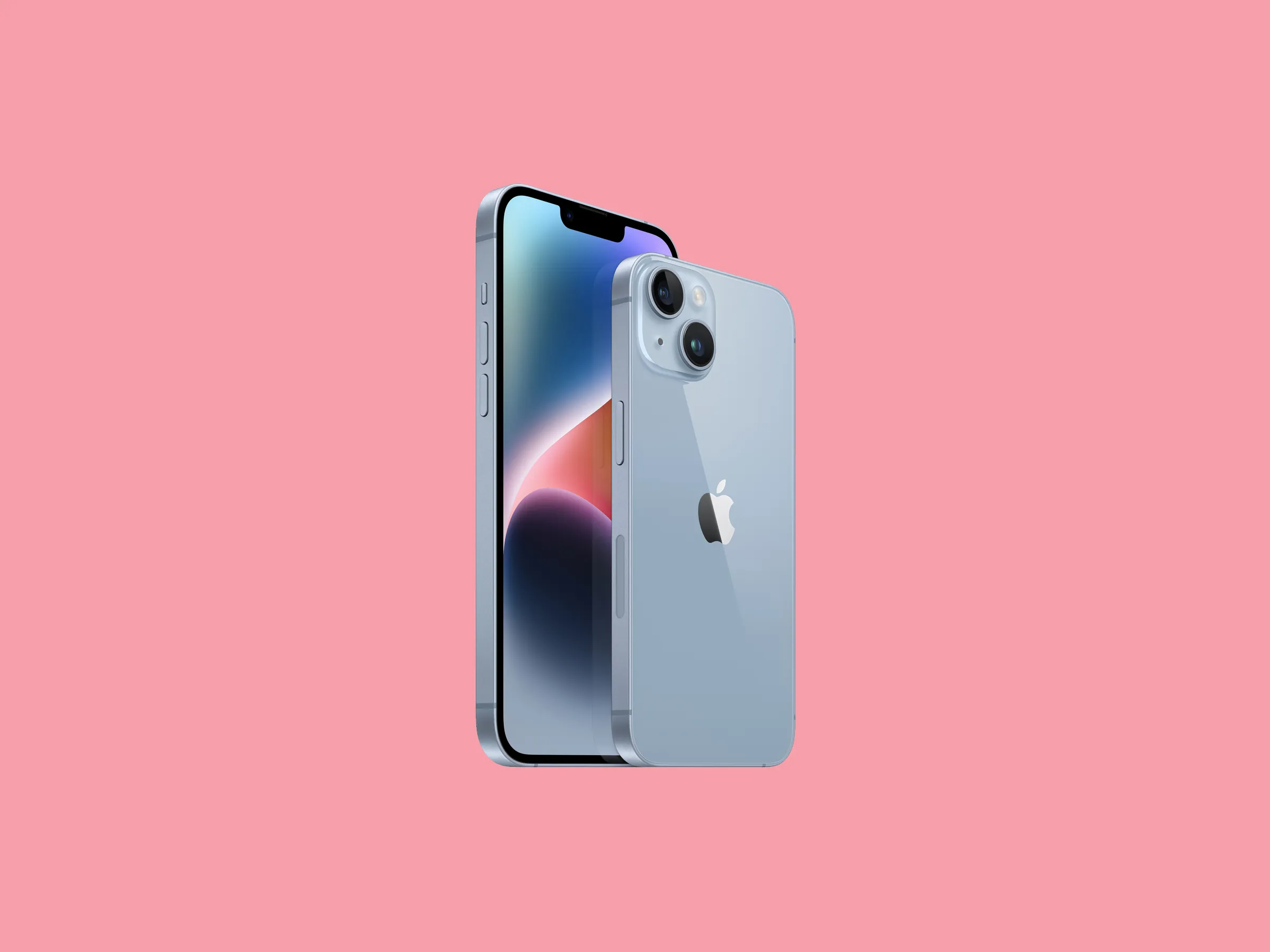
Technology is a word that describes products or processes that are produced or used in order to achieve specific objectives. Some examples of technology are computers, cell phones, and 5G networks. These are tools that can be used to make life easier or to make the world a better place.
Internet of Things
Internet of Things technology connects devices with embedded technologies and sensors, which collect and transmit information. The data can be used for many purposes including monitoring, automation, and even equipment control. It also has the potential to help organizations free up staff time, reduce costs, and improve citizen experiences.
The Internet of Things is part of a broader technology ecosystem that includes big data, advanced analytics, cloud computing, and next-generation cybersecurity. All these areas have the potential to increase efficiency and help agencies accomplish more with their current resources.
Governments are becoming more involved in IoT regulation. This is particularly true for industrial applications, which have to deal with security challenges. However, Internet of Things technology can be used to improve citizens’ experiences, reduce costs, and improve safety.
Cell phones
Cell phones have changed the way we communicate. The technology has come a long way since the first portable phone in the 1980s. Now phones are more powerful and can even run a computer. They are an essential part of our lives. We use them to talk, text, and play games.
Although cell phones are important for communication, they have their drawbacks as well. For instance, they can cause radiation. This can affect the tissues of the body, leading to health concerns.
Cell phones can also be a distraction, especially in a social setting. People who are not used to them tend to pull them out in the middle of a conversation.
In addition, they can lead to increased cancer rates. According to research, users who have used their phone for a prolonged period may have a higher risk of developing cancerous tumors.
Computers
Computers are now used all over the world to facilitate communication and coordinate information between multiple locations. They are also used for a wide range of tasks in the business and educational fields. Today, there are many societies dedicated to computer technology.
The first computers were devices for performing mathematical operations. Their function was based on the arrangement of circuits. For example, they were composed of circuits hard-wired in series. Each circuit was arranged to represent a binary digit, which translated into the equivalent of 0s and 1s. These circuits were often arranged in logic gates, which permitted the state of other circuits to be controlled.
In the late 20th century, the transistor became available. This led to a technological revolution. Moore’s law states that the number of transistors on a chip doubles every 18 months. This has allowed for a drastic increase in power and speed.
5G networks
5G networks technology is the next generation of cellular network. It enables businesses to reap the benefits of expanded data capabilities. The technology will enable new business models and business processes. And it is expected to drive massive value in the global economy.
The next-generation mobile network offers significantly higher capacity, and meets stringent quality of service requirements. A number of MNOs are already upgrading legacy networks to multi-standard 5G-ready radio antennae. This includes a software-based core, advanced radio resource management (RRM), a CP-UP split, and more.
The 5G network is designed to support an explosion in mobile data traffic. High bandwidth will be provided over large areas, while low band spectrum will provide coverage within buildings. Moreover, 5G provides greater flexibility in the design of networks.
Cybersecurity
Cybersecurity is a subject of increasing importance to both consumers and businesses. With the advent of connected devices, cyber attacks have increased in frequency and sophistication. As a result, it’s imperative that companies take the necessary steps to protect themselves and their clients.
Among the most important facets of cybersecurity are policies and procedures designed to prevent the misuse of technology. However, many firms are not fully prepared to deal with the risks and threats posed by cyberattacks. In addition to preventing the misuse of technologies, companies need to educate their employees about phishing attacks and train them on how to identify potential attackers.
The first step to protecting your company from a cyberattack is to establish a formal incident response plan. This plan requires frameworks for identifying, tracking, and prioritizing incidents.








